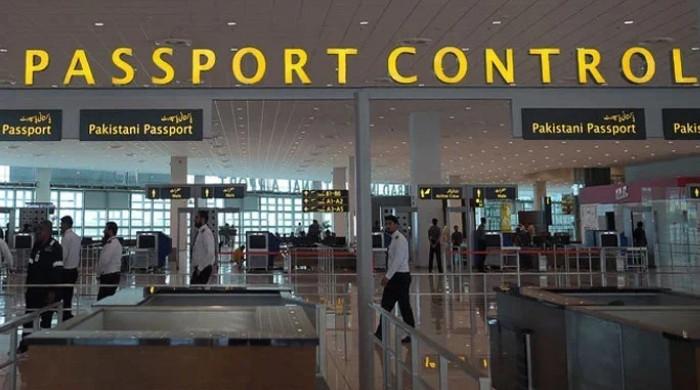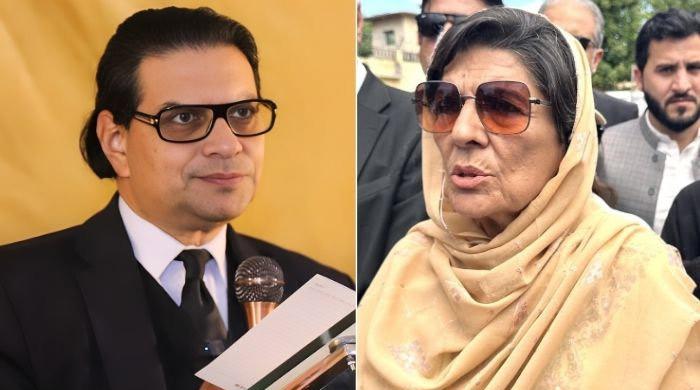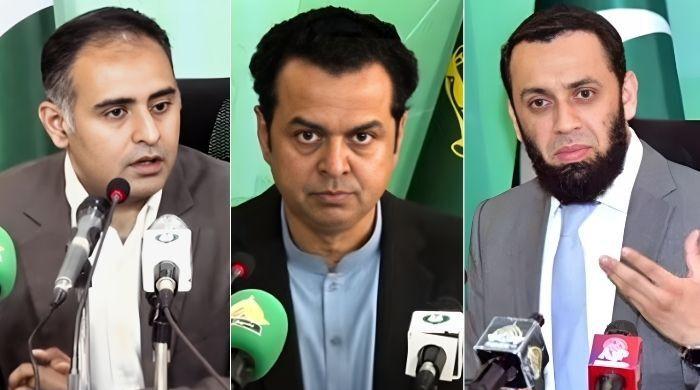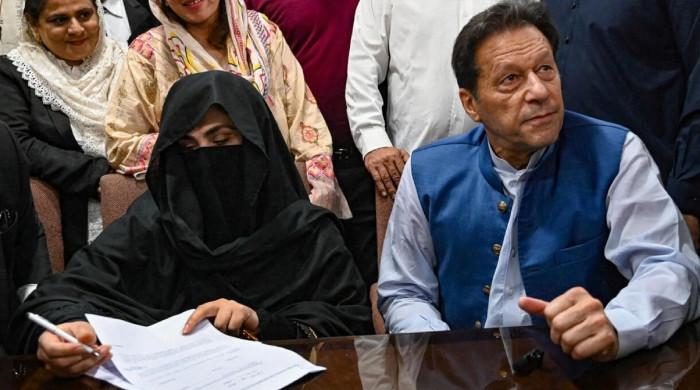December 14, 1986: Another date to live in infamy!
Nusrat Amin takes a look at one of the defining incidents in Karachi's history which led to a major shift in the socio-political and demographic shape of the metropolis
December 14, 2016
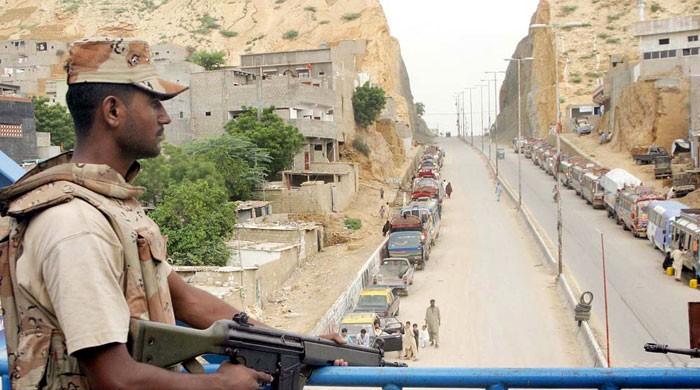
To a former US President, Franklin Delano Roosevelt, December 7, 1941, was 'A date which will live in infamy,' referring to the Pearl Harbor tragedy. But to most of the Karachiites, it was December 14, 1986!
Probably by making consistent subconscious attempts, many of us pretend to have forgotten this date, only to avoid the exceptionally painful memories of Qasba-Aligarh Massacre. Already distressed under extreme poverty, congestion and poor health conditions, the helpless residents of these two adjacent localities were shot, stabbed and tortured to death; many of them were harassed and manhandled as hundreds of people – armed with submachine guns, rifles, daggers, batons and explosives – stormed into their neighbourhood.
A few hours later, reports started coming in! It was, as is said, in the early hours of the cited date when a large group of armed men – who still remain unidentified after almost 30 years – started firing shells at the houses located close to the present-day Kati Pahari. The unarmed residents, having nothing either to retaliate or to defend themselves, remained helpless! "They set a few houses on fire," said Asif Maalik – a journalist who witnessed the attack as he lived in Qasba Colony those days, adding: "All the assailants were, apparently, Pathans."
Although he called it the worst instance of violence he'd ever witnessed, he said the number of casualties, injured and other details have been highly exaggerated. Daily Jang reported 50 dead, over 200 injured, with curfew being imposed in sensitive areas.
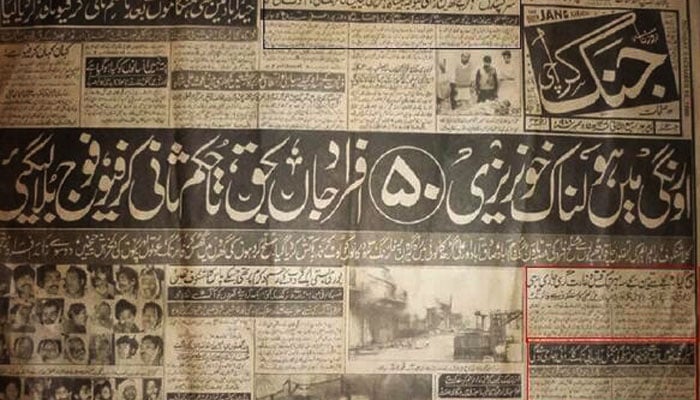
The next day, December 15, was equally furious! Unruly mobs of highly enraged young people came onto roads, targeting buses, vans and other vehicles; they torched houses, shops and hotels owned by people from Pushtun community. I witnessed a Snack Bar, owned by a Pushtun named Akbar Khan, near Sakhi Hassan, turn into ashes; I saw an extremely frightened motorcycle rider ask the mob for mercy: "Bhai, Mein Pathan Nahin hun (English: Believe me, I am not Pathan)." Similar incidents took place in many parts of the city, adding to the casualties that had started in Qasba-Aligarh incident a day earlier. But one would naturally keep wondering exactly why, in the first place, these two localities were attacked? And why did the armed men, said to have been Pathans, target Mohajirs and why, as a consequence, they had to face such a fierce and massive reaction?
As history has it, the Qasba-Aligarh Massacre was a retaliation to an earlier catastrophe. It was the reaction of a raid conducted two days ago in a residential area mostly occupied by people from Pushtun community at Sohrab Goth.
On December 12, 1986, the poorer and even more destitute residents of Sohrab Goth – then a northern suburb of the metropolis – found their neighbourhood surrounded by armed security personnel from police and army. A report says the jawans had taken positions in the nearby building, pointing guns towards the residents who might have offered resistance to the raiding party. What the residents didn't know was the beginning of a massive operation, aimed at eliminating those involved in gun running, drug peddling, arms smuggling and other heinous crimes. It was believed that the locality had become the centre of international drug trade; and many hard core criminals involved in the business had their dens and places in the vicinity.
The residents, according to reports, said no search warrants were served on them; while army jawans surrounded the area, policemen broke into houses, took away jewellery and valuables; the cops manhandled women as the latter protested against this organised robbery. "Since the army had surrounded the area, and as (their) guns were pointing towards them (residents), the people could not fight back," said a report, saying houses and shops were later bulldozed whereas thousands of people were forced to the camps located some 40 kilometres from Sohrab Goth where they lived under miserable conditions.
Renowned town planner and author, Arif Hassan, viewed the whole operation in a different context. In one of his articles published some 20 years ago, he writes: "It was a massacre of homes, of economic activity and community organisations, of education and health institutions, and of the hopes and aspirations of the Akakhel people who had lived there since 1972."
The then Commissioner Syed Sardar Ahmed was one of the raiding team members; he supervised the whole operation. While working on this story, I met him the other day, asking about the outcome of the operation. "Actual criminals had already fled away; the team however, recovered contraband and prohibited drugs from several houses," said Sardar Ahmed.
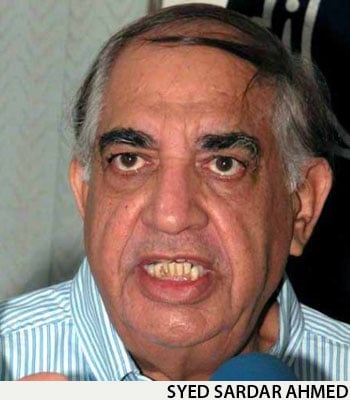 It's worth sharing here that currently, Syed Sardar Ahmed is an MPA representing MQM Pakistan that has parted ways with Altaf Hussain after the latter's controversial speech on August 22, 2016. When asked: "Did you do all this (the operation) under Altaf Hussain's pressure?" Syed reacted: "He (Altaf) knew nothing about it: It was a secret mission."
It's worth sharing here that currently, Syed Sardar Ahmed is an MPA representing MQM Pakistan that has parted ways with Altaf Hussain after the latter's controversial speech on August 22, 2016. When asked: "Did you do all this (the operation) under Altaf Hussain's pressure?" Syed reacted: "He (Altaf) knew nothing about it: It was a secret mission."
On the other hand, quoting one Mir Ahmad Khan, Arif Hassan wrote: "The reason (behind the operation) is very simple. The land adjacent to Sohrab Goth belongs to big people, influential people. It is very valuable … if a colony of poor people is removed from near such land, its value increases a hundred-fold."
I asked Sardar Ahmed, if not Altaf Hussain, who asked you to plan the operation? He replied: "The plan was first shared with me by Lt General Ahmad Shamim Khan: he was the Corps Commander Karachi then; he asked me to arrest criminals, remove encroachments from the area, and relocate the unlawful settlement to another place at Super Highway."
The article, as is earlier referred to, suggests that the authorities mostly have deep connections with powerful interest groups: they prefer not to have low income residential areas alongside the roads approaching the posh localities and schemes; and therefore, the removal of Sohrab Goth gives a sense. "If the abadi (Sohrab Goth) had been located elsewhere, no Operation Clean-up would have taken place," is how it concludes.
During my recent conversation with the former Commissioner, the foremost thing that came to my mind was, if the operation was conducted to serve the interest of people involved in real estate business, the so-called 'unidentified' armed men would have targeted builders, real estate businessmen and security personnel, instead of attacking the most vulnerable people of Qasba and Aligarh colonies?
"Because, there were rumors spread all over the locality that the operation was being conducted on the MQM's behest," replied Syed. Then the next thing to hit my mind was, 'then why didn't they target MQM people, if the party was a suspect to them?' "People in Qasba and Aligarh colonies were the most vulnerable; that's why," said Sardar Ahmed. "They were attacked because they were unarmed, poor and helpless," is how Asif Maalik strengthens the ex-Commissioner's view, analyzing: "Attacking the unarmed and poor people of Qasba and Aligarh was the easiest, safest and most comfortable way of avenging the losses, whatsoever, the criminals (assailants) had suffered during the Sohrab Goth operation."
There have been reports and eyewitness accounts that narrate details of the Qasba-Aligarh tragedy at different levels, at different occasions and in varying manners through all these years. I personally can recall only a little part of that scenario. I was a college student those days and, to the best of my memory and belief, it was sometime around the noon of December 14, when I rang the doorbell of my friend Farooq's house in Block C, North Nazimabad. Before someone could respond, a common friend – with the same name – reached over there, pointing towards the top of the nearby hills almost at the place where present-day Kati Pahari is located. "Ye Kiya Ho Raha Hae [English: What's happening over there]," he asked. And the next moment, I saw a thick cloud of dark smoke rise into the sky from somewhere behind the hills. There were a few men, clad in Shalwar Kameez, seen on the peak. "Pathan bhayee lag rahay haen saray [All of them are apparently Pathan brothers]," said Farooq who now had a binocular to watch them! It was though, very clear that the men on the top were only the bystanders, trying to locate the source of the smoke!
There were conflicting reports as well! It was believed that a few children were burnt alive, houses were ransacked; a huge mass of furniture, numerous motorcycles, loading vehicles, bicycles, carts and books were torched; women were humiliated, maltreated! Countless injured kept crying for help for hours. Asif Maalik's memory doesn't confirm such reports completely. "… That sounds a bit exaggerated to me, frankly. Yes, there were 30 to 40 casualties; and yes, the dead included a few women and children. Yes, the shells had caused fire. But the overall situation, as was described by many story tellers, was a bit misrepresenting!"
"Yes. Forty! Almost, as far as I remember," Sardar Ahmed almost confirms the estimated number of casualties as the former resident of the area suggests. To a query over the identification of the culprits, Syed asserted: "No. They were not Afghans! They were local criminals."
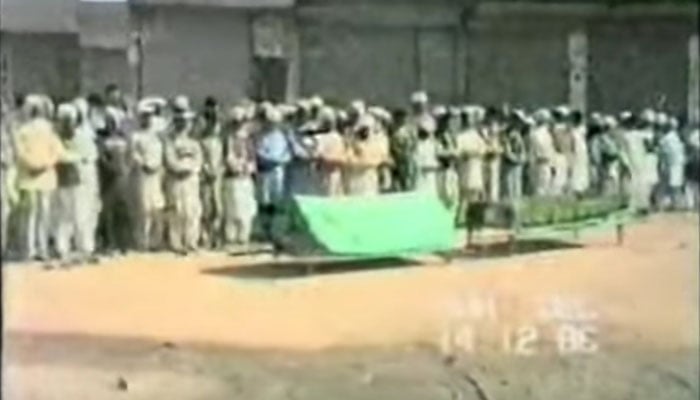
Photo from MQM social media purportedly shows a funeral in Qasba Colony following the incidents of Dec 14, 1986.
Rumors about then City Mayor Abdus Sattar Afghani and Maulana Abdus Sattar Edhi being manhandled by law enforcement personnel also provoked citizens. Many made calls to newspapers' offices, seeking details. In fact, the two were stopped by the law enforcers on their way to Qasba Colony. "Curfew was imposed in most of the nearby areas, and the law enforcers were hardly listening to people entering these areas," said Asif. I also cast a glance at the Wikipedia page and read: "… army troops had already been deployed outside these colonies … when the mob reached upon the checkpoint, the troops simply gave way and moved away from their posts." It further says former Chief Justice of Pakistan Syed Sajjad Ali Shah had conducted a judicial inquiry. It claims the findings of the inquiry suggested 'existence of foul-play' and had questioned the role of army in context of what he called the 'worst kind of massacre [he] had ever witnessed.'
"Justice Sajjad Ali Shah's inquiry report was never made public," said an ex-bureaucrat requesting anonymity. "It is believed that the report was shelved into dormant files probably because it questioned the role of army as the troops were asked to retreat almost two hours before the incident took place," he apprehended. "No arrest was ever made: no culprits were ever identified," admits the ex-Commissioner, revealing: "A senior police officer and a senior civil administrator kept lying to me on wireless for several hours that they were handling the situation in Qasba and Aligarh fairly well," he said, adding: "In fact, none of the two were at the spot: they just kept lying."
At this point, let's cast a swift glance at the entire chain of events that were quietly yet inevitably leading to major shifts of socio-political and demographic shape of the metropolis named Karachi. Amidst the ill-planned and poorly conducted Operation Clean up at Sohrab Goth, the retaliatory attack on the helpless Qasba and Aligarh residents, the alleged disappearance of troops at the time of attack, the complete absence of law enforcers from the spot, the long-kept secrecy of the Judicial Commission's report, the memory connected to the two senior officials who are now said to have lied to the Commissioner besides no action being taken against any culprits at all, history was simply and inevitably witnessing the rise of Altaf Hussain!
With the accidental killing of Bushra Zaidi – a 20-year-old college student from an Urdu speaking family – in the city just a few months ago, and having a long history of ethnic rifts, unjust quota system, and rising socio-economic imbalances since 1950s, the process of this major political drift drastically accelerated by the Qasba and Aligarh massacre, helped the newly emerged political leadership to flourish uninterrupted, unhindered! The then Prime Minister Mohammad Khan Junejo failed to judge the situation, kept struggling in seeking the actual prime ministerial powers—a target that he could never achieve! President General Zia-ul-Haq preferred to let things happen in Karachi, as once described by Dr. Farooq Sattar, so as to keep Pakistan Peoples Party (PPP) away from influencing the city's larger population. General Zia could hardly make any proper peace plan for the city; he remained tightlipped over the whole turmoil till he died in C-130 crash in August next year.
The city, with its multiethnic form and fast increasing population, is still under the spell of grim mistrust and the fear of the unknown. An MQM, with four of its active factions, with many neighborhoods still heavily under the influence of underworld lords, backed up well by different political forces, with the police and security forces having a questionable record of maintaining law and order, and with the much flawed political system obsessed by corruption and apathy in the province, situation is quietly intensifying; it still remains unattended, unresolved!
There is a fear that the unresolved mistrust and the still existing fear might be going to take its toll sooner or later. It's only a matter of time, if the history – heavily stained by Qasba and Aligarh massacre – is not read and remembered properly! We must not forget that we, too, have a date that will live in infamy!
*The writer is a senior journalist working for Geo/Jang group
Views of the author do not reflect that of Geo News






